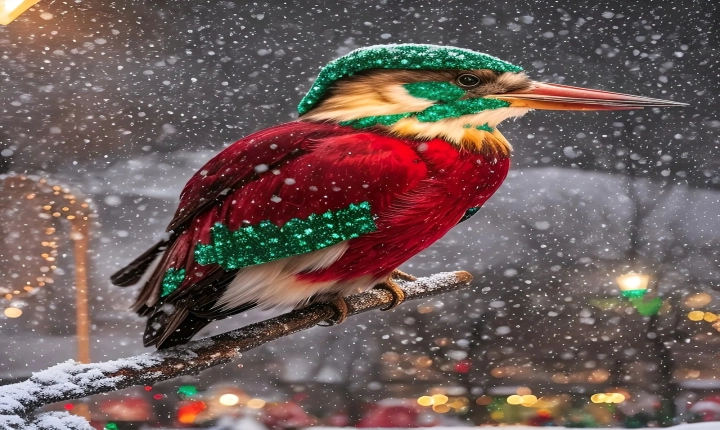Title: How to Get AI Generated Art: A Guide for Artists and Enthusiasts
Artificial intelligence (AI) has become increasingly prevalent in the realm of creative expression, particularly in generating art. AI-generated art encompasses a wide range of styles and mediums, offering artists and enthusiasts unique opportunities to explore new forms of expression and creativity. From digital paintings to music compositions, AI has the potential to inspire, innovate, and challenge traditional artistic norms.
The accessibility of AI-generated art has made it easier than ever for artists and art enthusiasts to experiment with new techniques and styles. Whether you’re a seasoned artist looking to expand your creative horizons or an art enthusiast seeking inspiration, here’s a guide on how to get AI-generated art and incorporate it into your artistic practice.
1. Explore AI Art Platforms:
There’s a growing number of online platforms and tools that offer AI-generated art resources. Websites like DeepArt, Artbreeder, and RunwayML provide tools that allow users to generate unique artworks using AI algorithms. These platforms often offer a variety of customizable parameters, allowing users to control the style, subject, and composition of their AI-generated art.
2. Experiment with Generative Adversarial Networks (GANs):
Generative Adversarial Networks (GANs) are a type of AI algorithm that can generate highly realistic and compelling visual art. Artists and enthusiasts can experiment with GANs by using open-source frameworks like TensorFlow or PyTorch to create their own AI-generated art. GANs allow for the creation of diverse visual styles, from abstract paintings to photorealistic images.
3. Collaborate with AI Artists:
Some artists have embraced AI as a collaborative tool, working with AI algorithms to co-create artwork. This collaborative approach involves using AI algorithms to generate initial concepts or elements, which artists then incorporate into their own work, adding their own creative input. This synergistic approach to art creation can result in compelling and original pieces that blend the unique strengths of human creativity and AI-powered innovation.
4. Utilize Style Transfer Techniques:
Style transfer techniques involve using AI algorithms to apply the visual style of one image to another. Artists can experiment with style transfer algorithms to generate unique and visually striking compositions. By leveraging style transfer algorithms, artists can explore new aesthetic possibilities and push the boundaries of traditional artistic styles.
5. Attend AI Art Exhibitions and Events:
Many art institutions and galleries have started to showcase AI-generated artwork, hosting exhibitions and events that celebrate the intersection of art and AI. Attending these exhibitions can offer valuable insights into the potential of AI-generated art and inspire artists and enthusiasts to incorporate AI techniques into their own practice.
6. Learn from AI Art Communities:
Joining online communities and forums dedicated to AI-generated art can provide valuable resources and insights for artists and enthusiasts. These communities offer a platform for sharing knowledge, discussing techniques, and showcasing AI-generated artworks. By engaging with AI art communities, artists can stay abreast of the latest trends and developments in AI-generated art.
In conclusion, the integration of AI-generated art into traditional artistic practice offers a wealth of opportunities for exploration, experimentation, and innovation. By leveraging the power of AI algorithms, artists and enthusiasts can access new creative tools and techniques, pushing the boundaries of artistic expression. As AI technology continues to evolve, the potential for AI-generated art to become an integral part of the artistic landscape is vast, inspiring a new era of creative possibilities.
